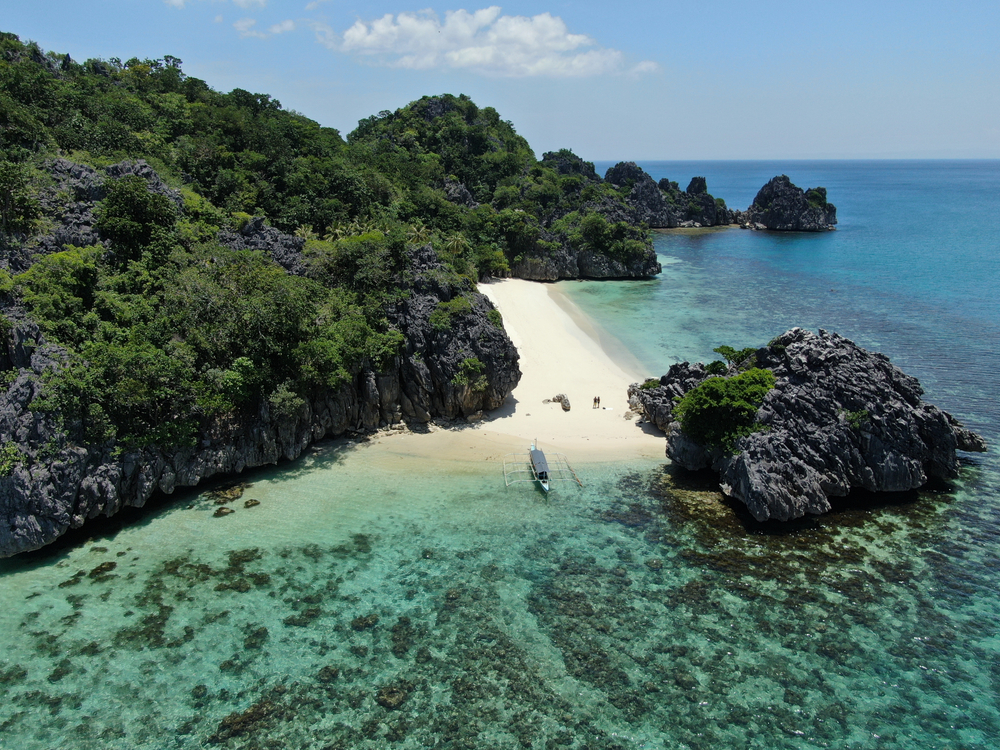Minalungao Overview
Minalungao National Park, known in Filipino as Pambansang Liwasan ng Minalungao, is a striking natural reserve located in the municipality of General Tinio in the province of Nueva Ecija, north of Metro Manila in Luzon, Philippines.
Covering approximately 8.9 square miles (23 square kilometers), the park was established in 1967 to preserve the rich biodiversity and unique geological features along the Penaranda River. It is most famous for its towering limestone walls that flank the emerald-green river, forming a breathtaking canyon landscape that draws both local tourists and nature enthusiasts.
The terrain of Minalungao National Park is shaped by dramatic limestone formations, rugged riverbanks, and forested hills that roll into the Sierra Madre mountain foothills. The Penaranda River cuts through the heart of the park, with its clear waters carving a path between vertical limestone cliffs that rise up to 16 meters high.
These rock walls form narrow gorges and shaded corridors, creating one of the most photogenic river landscapes in Central Luzon. The surrounding forest consists of a mix of deciduous and evergreen trees, along with patches of bamboo, wild grasses, and flowering shrubs that thrive in the park’s tropical climate.
Wildlife in the park includes a variety of birds, reptiles, and small mammals adapted to the riverine and forest environment. Kingfishers, herons, and swiftlets are common along the riverbanks, while bulbuls and Philippine tailorbirds flit among the trees.
Monitor lizards and snakes may be seen sunning themselves on warm rocks, and frogs and insects are abundant near the water. Though large wildlife is limited due to human activity and the park’s size, the area still serves as a habitat for local species and a corridor for forest-dependent animals from the nearby Sierra Madre range.
One of the most popular features of Minalungao National Park is the limestone gorge itself, which can be explored by bamboo raft or by trekking along the riverbanks. Visitors can swim in the cool, clear waters of the Penaranda River, enjoy cliff jumping in designated safe zones, or simply relax on the rock platforms.
The park also features a hanging bridge, scenic view decks, and the 1,000-step trail leading to a hilltop cross, which offers panoramic views of the park and surrounding countryside. Caves within the limestone cliffs can also be explored, adding to the park’s adventurous appeal.
Visitors engage with the park through a wide range of outdoor activities including swimming, rafting, hiking, cliff diving, spelunking, and photography. Picnic huts and open spaces make the area ideal for family outings and group excursions.
Local guides and boatmen assist tourists in navigating the river and ensuring safe access to the park’s main attractions. The ease of access from Manila has made Minalungao a popular weekend destination and a model for eco-tourism development in the region.
Conservation efforts have focused on managing visitor numbers, maintaining cleanliness, and preserving the natural features that make the park unique. In recent years, increased tourism has brought challenges such as littering, erosion, and unauthorized construction.
However, collaborative efforts between local government units, tourism offices, and community stakeholders have led to clean-up drives, infrastructure improvements, and environmental education programs. These initiatives aim to balance the economic benefits of tourism with the need to protect the park’s ecological integrity and scenic beauty for future generations.
Park Map
Minalungao National Park Highlights
Share your clicks with us
Related National Parks More Philippines
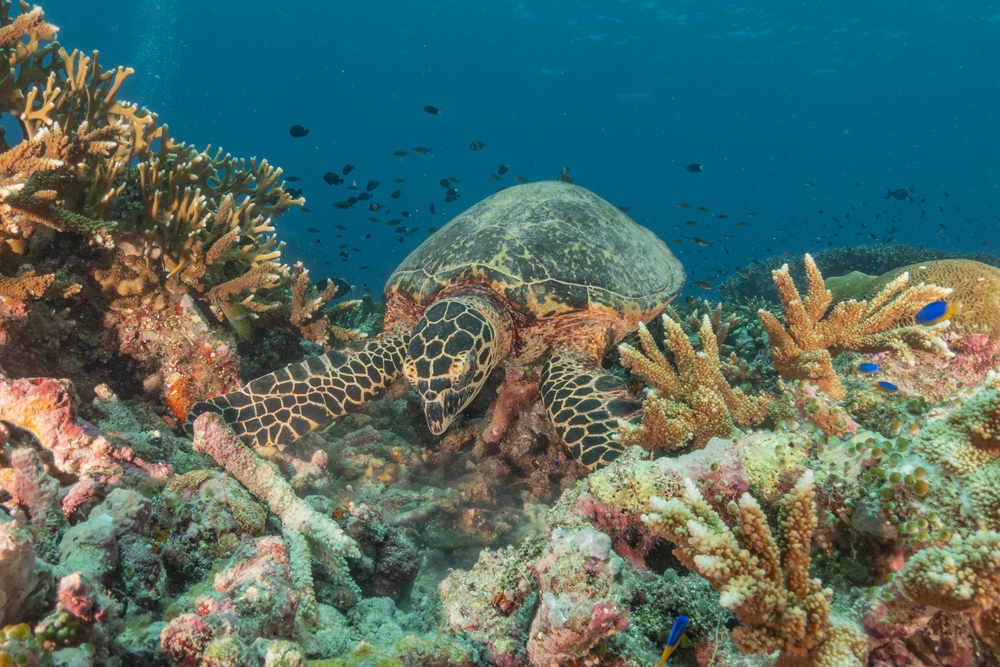
Tubbataha Reefs National Park

Mado Hot Spring National Park

Libmanan Caves National Park
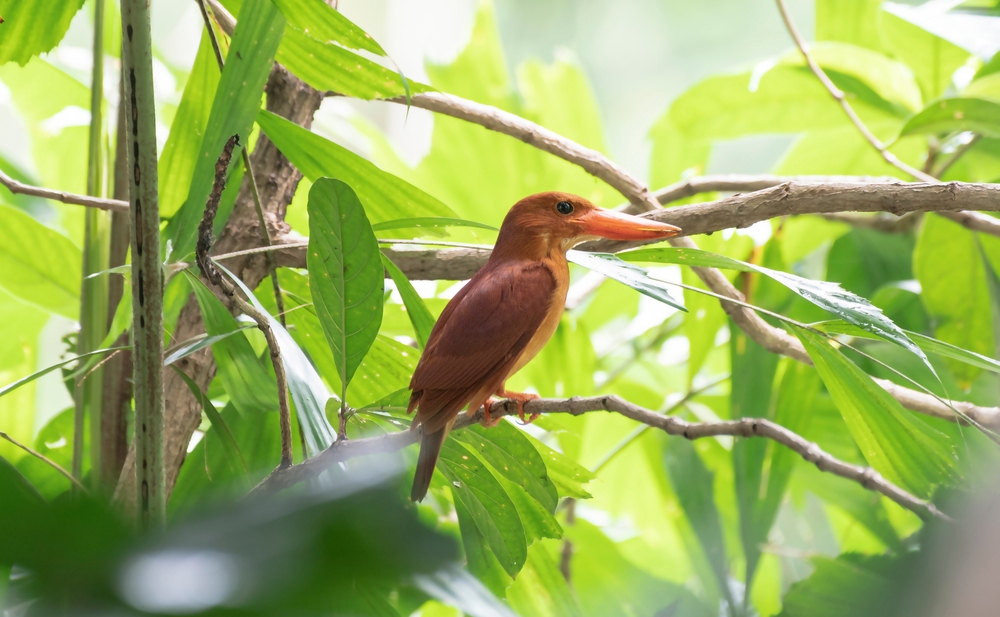
Lake Butig National Park
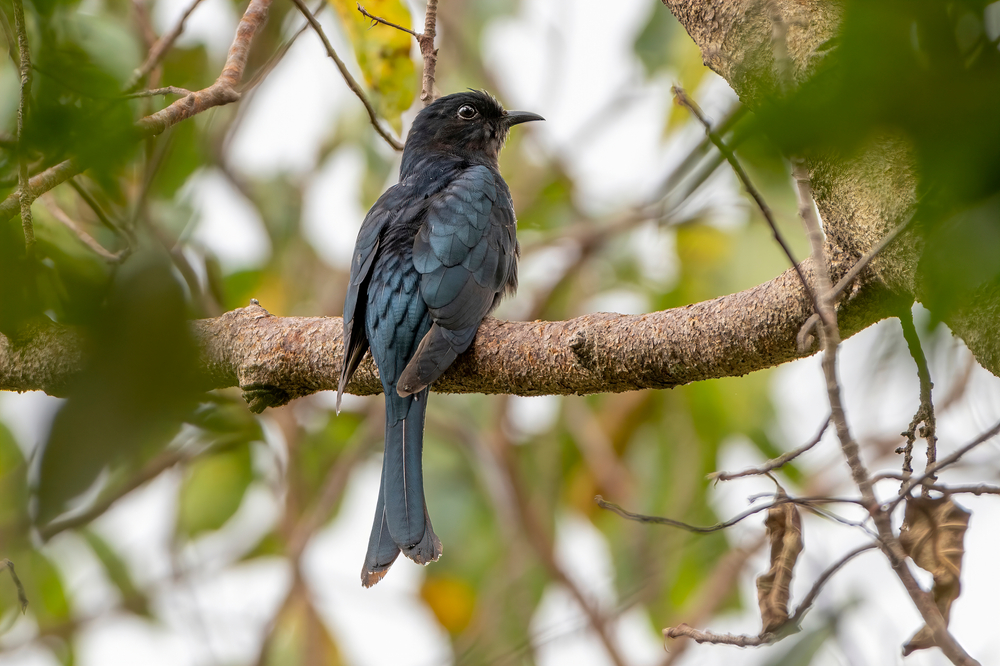
Kuapnit Balinsasayao National Park

Puerto-Princesa Subterranean River National Park

Guadalupe Mabugnao Mainit Hot Springs National Park
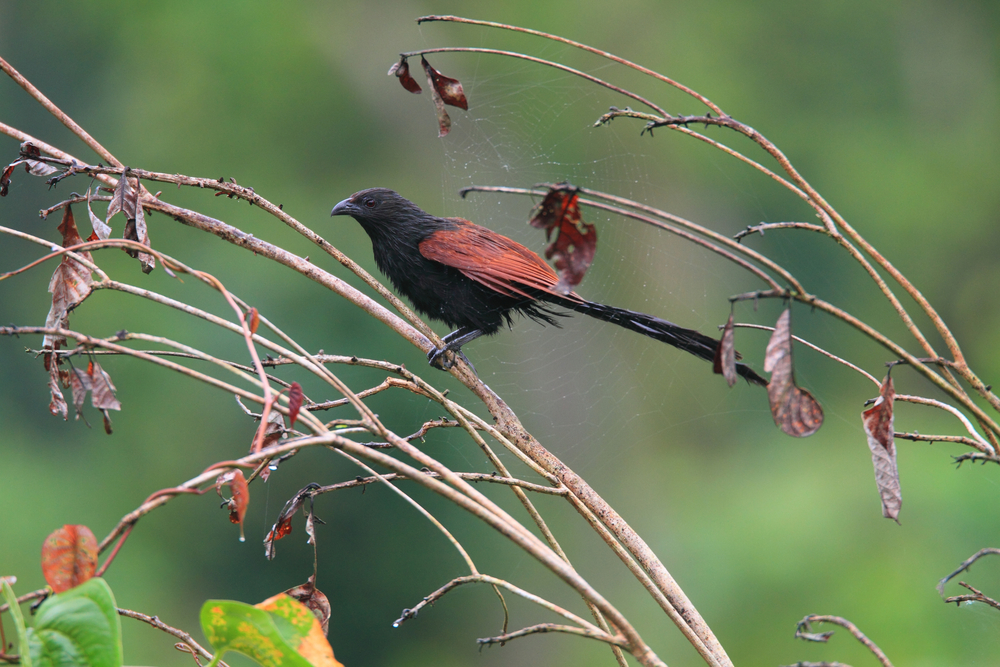
Fuyot Springs National Park

Cassamata Hill National Park
